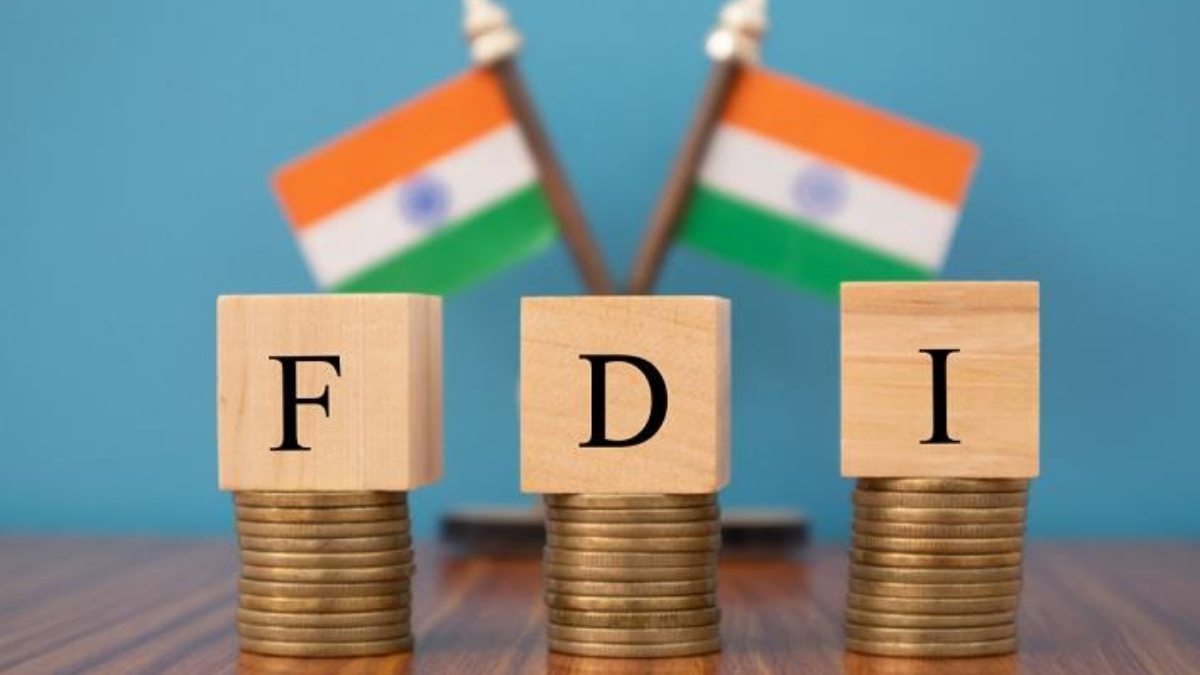
On the face of it, India has begun to get lots of foreign direct investment, yet there must be concerns it is not enough. Certainly, that would seem the reason why Prime Minister Narendra Modi met his ministers and top officials of finance and commerce ministries to discuss strategies to attract more money into India. Between FY14 and FY19 India has drawn in $286 billion, a 51 per cent jump over the previous five-year period FY10 to FY14. But it is quite apparent that the government policies in India often militates against such investments. The kerfuffle about Amazon and Walmart’s investments are not the only ones. The sectors which could draw in the most investments are the ones where domestic entrenched interests maintain stiff roadblocks. Let me explain with reference to the insurance sector.
As Covid-19 has made clear, we need lots of money here. As of now foreign investment (FDI) into the sector is at less than majority control at 49 per cent, despite a budget assurance in 2018- 19 to raise it upwards. Hundred per cent FDI is only allowed for insurance intermediary companies, which means largely brokers and other mediators between the companies and the buyers of insurance. Why is this so? Insurance is a capital-intensive sector. Unlike banks where a loan can be made on the basis of the leverage of the deposits held, each policy written by an insurance company needs additional capital. This makes expansion of business in an insurance company costly. It favours those companies which have deep pockets. It is also necessary to give the insured a feeling of confidence that her risks are truly covered. The Insurance Regulatory and Development Authority of India (IRDAI) has, therefore, prescribed a stiff 150 per cent solvency ratio for insurers.
Yet, Indian insurance companies do not have the deep pockets and would rather hide behind government policies not to face competition from abroad to expand their business. This is the reason why despite the presence of 24 life insurance companies and 34 non-life companies, the needle of insurance penetration has hardly moved. In the past 16 years it rose by mere 1 percentage point from 2.7 per cent in 2001 to 3.7 per cent in 2017 (IRDAI). The companies are however doing well, except for three state-run non-life insurers. (New India, also state run, is doing well.) They have chased profitability instead of growth to compensate for their limited capital and this is the reason why all of them offer a narrow range of business with overkill in the market of motor, health and fire. In the life business, the companies have chosen to concentrate their cover on the urban salaried population, for obvious benefit of better mortality rates and the consequent scope of selling more costly products. Consequently, new-age risks are not offered since those will involve more pressure on capital. Delivery models too are not improved to make those less dependant on brokers or channel partners since there is no urgency to change these marketing strategies. State government policies are also not helpful. Those with weak finances do not want to run insurance cover for health or crops. They depend instead on models that do not draw out money from their budget.
So, there is no competition among the companies to offer cheaper products. The loser is the Indian, shorn of adequate insurance cover that the pandemic has sharply exposed them to. The prescription should thus be to allow more FDI in the sector so that management of these insurance companies passes on to well-financed companies abroad. It will also spur mergers and amalgamations in the sector, which will also yield the same beneficial result. But no domestic insurance company will ask the government to break their cosy chain. IRDAI did a survey among the companies last year and passed on its recommendations to the finance ministry.
It has not yielded results, because the lobbyists have been able to show that the jump from 26 to 49 per cent has not yielded results. In the life insurance sector, against the 49 per cent headroom of foreign investment, the aggregate foreign investment is only 35.49 per cent. For nonlife insurance, the headroom is wider. The space for foreign investment has been utilised to less than half of the permissible limit at 23.66 per cent as on March, 2019. It is a circular reasoning, though. At 40 per cent, few investors from overseas will company in. At over 51 per cent, the money will be more forthcoming. To make this change in FDI rules does not require adoption of any new strategy to bring investments into the sector. It requires paying less attention to the domestic interests which would wish to block the investments. That is only “fast-track mode” needed. Subhomoy Bhattacharjee is a senior journalist and Senior Adjunct Fellow at RIS.